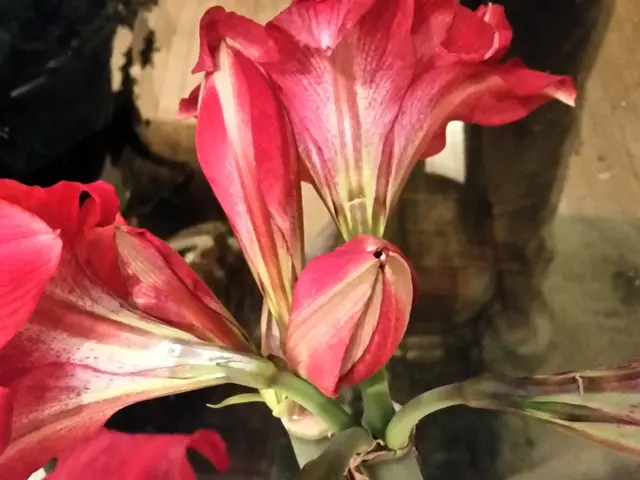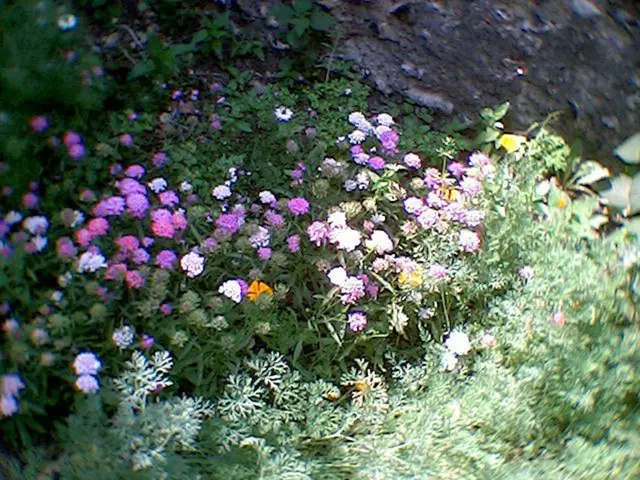8 Top Plant Partners for Corn Yield Boosting
Growing corn can be an exciting journey, watching it transition from a little seedling to a towering plant and finally producing delicious cobs. However, relying too heavily on your harvest can lead to disappointment, as factors like pests and weather can affect the crop. That's where companion planting comes into play, providing a natural structure or shade to create a thriving edible garden.
The Benefits of Planting Corn with Companion Plants
Companion planting is a technique that combines different plants based on factors like size, spacing, and nutrient needs, as well as attracting pollinators and reducing pests. Stephanie Turner, Clemson Extension Horticulture Agent and Master Gardener Coordinator for Greenwood County in South Carolina, prefers the term intercropping over companion planting. This method allows corn to serve as a natural structure for other plants, like pole beans, to climb on, and as a source of shade for leafy greens such as lettuce and spinach.
The Best Companion Plants for Corn
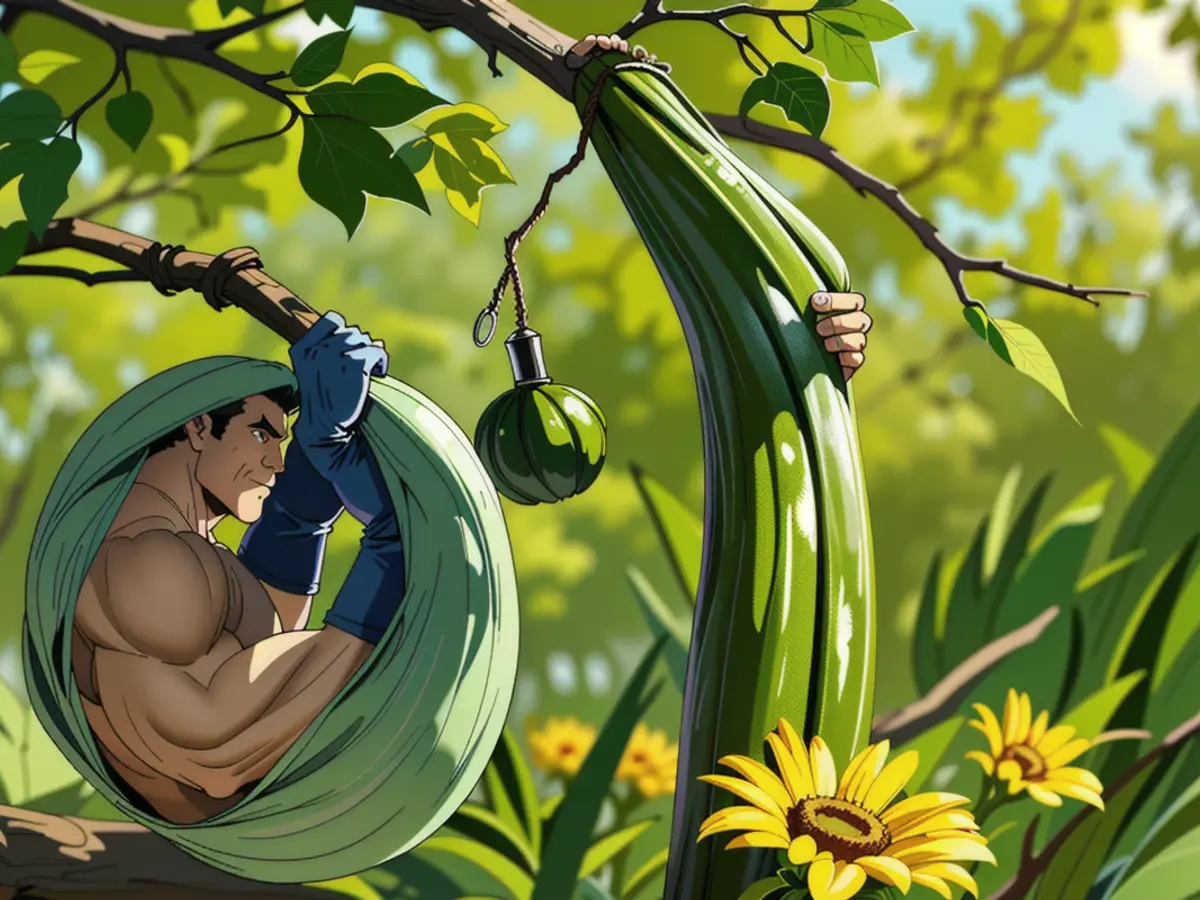
Cucumbers
Cucumbers and corn make great companions because corn stalks offer some shade while cucumber leaves and vines cover the ground, providing beneficial ground cover that helps retain moisture and suppress weeds.
- Botanical Name: Cucumis sativus
- Sun Exposure: Full sun
- Soil Type: Loamy, well-drained
- Soil pH: Slightly acidic to neutral
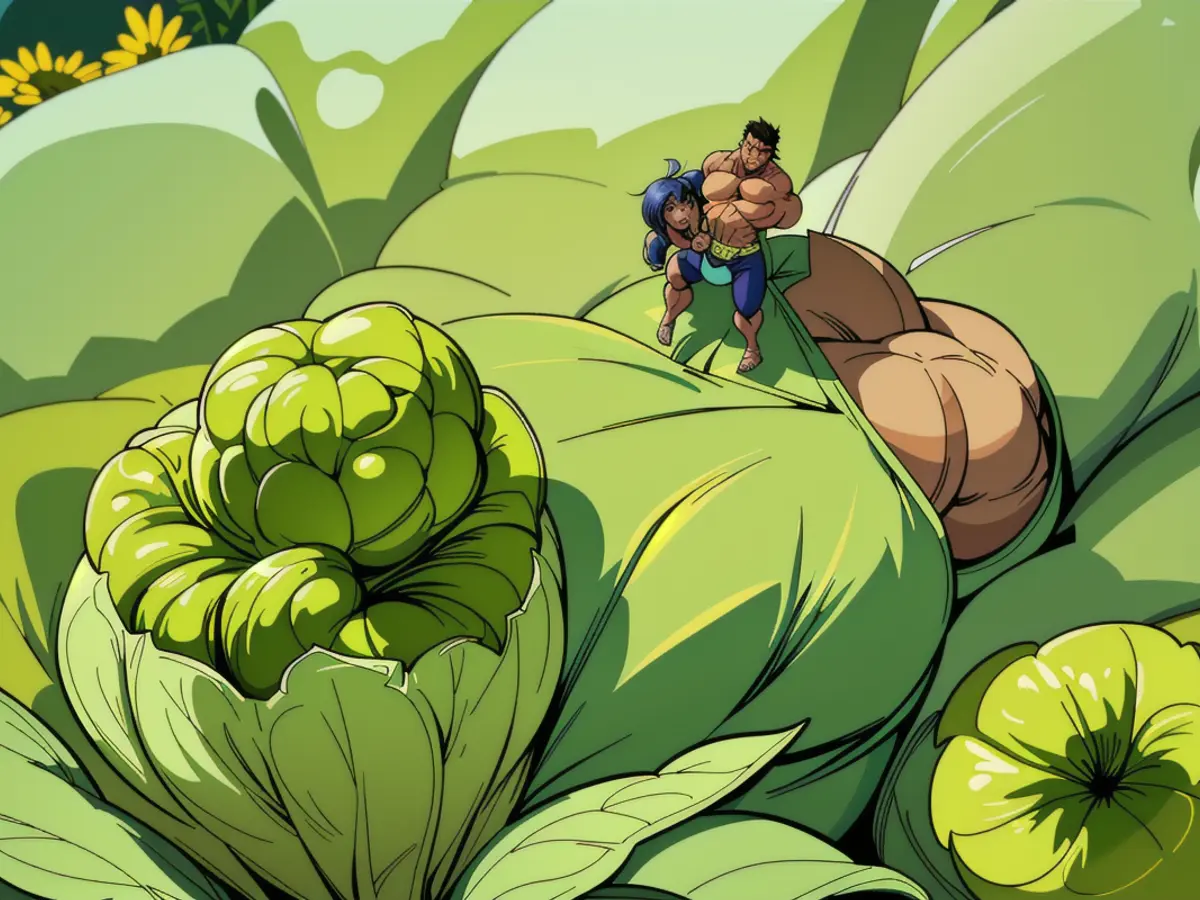
Lettuce
Lettuce is a cool weather crop that doesn't need much space to grow. It can be intercropped with corn in the warmer months, taking advantage of the tall corn stalks for shade.
- Botanical Name: Lactuca sativa
- Sun Exposure: Full sun to partial shade
- Soil Type: Well-drained, loamy
- Soil pH: Acidic to neutral

Pole Beans
The three sisters—corn, pole beans, and winter squash—is a native American intercropping method that promotes a successful planting and harvest. Pole beans climb Corn's natural trellis, reducing garden work, and provide nutrients to the soil.
- Botanical Name: Phaseolus vulgaris
- Sun Exposure: Full sun
- Soil Type: Loamy, well-drained
- Soil pH: Acidic to neutral

Spinach
Spinach is a cool weather crop that grows well in the shade provided by tall corn stalks, helping to prevent soil from drying out too quickly.
- Botanical Name: Spinacia oleracea
- Sun Exposure: Full sun, partial sun
- Soil Type: Well-drained, loamy, moist
- Soil pH: Acidic, neutral, alkaline

Winter Squash
Winter squash and corn work well together as they produce big leaves that cover the soil, shading it and preventing weeds. Corn stalks grow tall while winter squash plants take up a lot of horizontal space, maintaining moisture in the soil.
- Botanical Name: Cucurbita moschata
- Sun Exposure: Full sun
- Soil Type: Rich, well-drained
- Soil pH: Slightly acidic to neutral
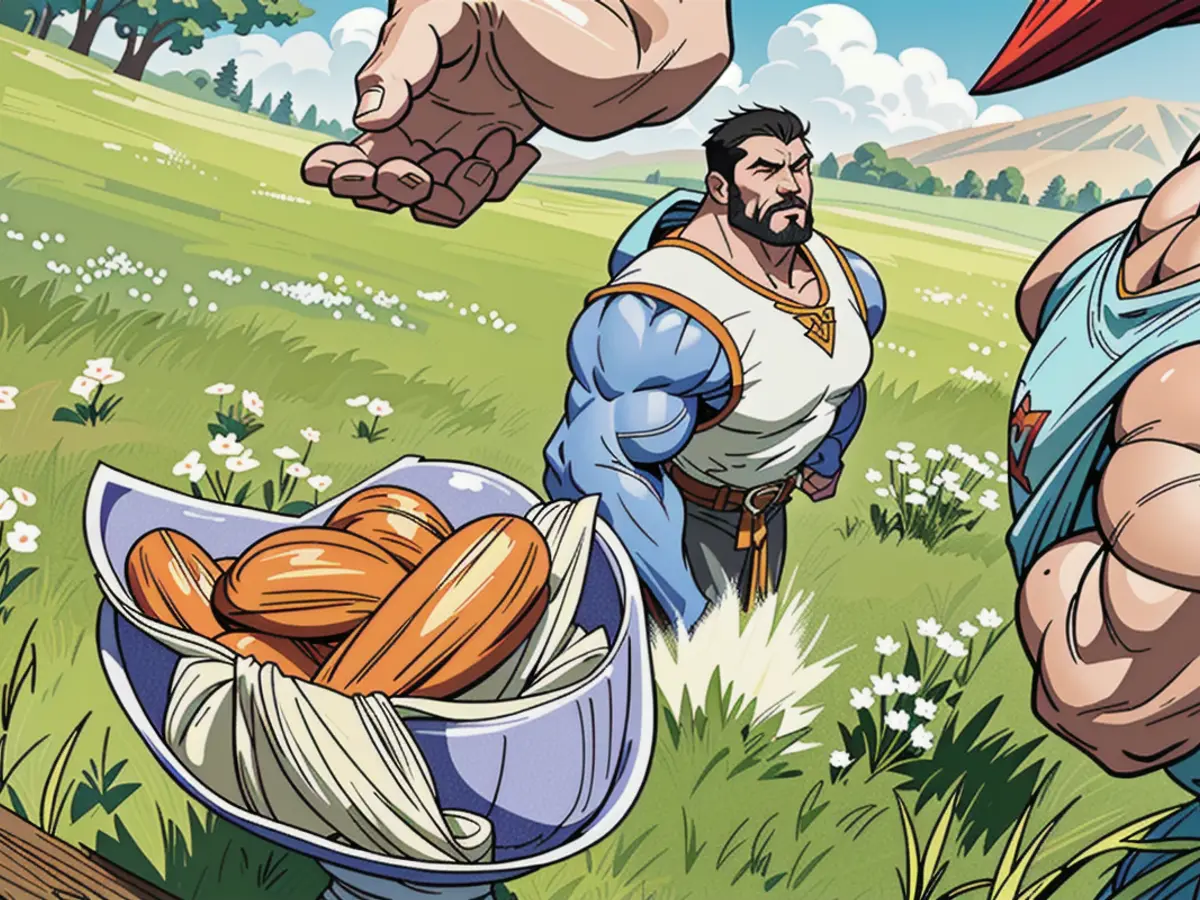
Borage
Borage has deep taproots that help break up compacted soil, allowing better water and nutrient flow for corn.
- Botanical Name: Borago officinalis
- Sun Exposure: Full sun
- Soil Type: Well-draining, rich
- Soil pH: Slightly Acidic to Slightly Alkaline

Dill
Dill attracts beneficial insects to the garden, helping keep pest insect populations in check.
- Botanical Name: Anethum graveolens
- Sun Exposure: Full sun
- Soil Type: Rich, well-drained
- Soil pH: Slightly acidic

Sunflowers
Sunflowers attract beneficial insects and pollinators like birds and bees, providing some insect control and break up compacted soil with their deep, strong roots.
- Botanical Name: Helianthus annuus
- Sun Exposure: Full sun
- Soil Type: Rich, well-drained
- Soil pH: Slightly acidic to neutral
Companion Plants to Avoid with Corn
Some plants should not be intercropped with corn because it could create more issues in the garden. For example, a plant may attract the same pests, or wind pollination could impact the quality of differing varieties of the same plant.
Other Corn Varieties
Avoid planting different varieties of the same plant near each other, as it can affect the quality of the kernels.
Tomatoes
Corn grown alongside tomatoes is not a good combination because caterpillars love both of them. Growing them near each other can create a feast for caterpillars, making it difficult to treat infestations.
- Stephanie Turner prefers intercropping over companion planting for a thriving edible garden, utilizing factors like size, spacing, and nutrient needs.
- Cucumbers and corn make great companions, with cucumber leaves and vines providing beneficial ground cover while corn stalks offer shade.
- Lettuce can be intercropped with corn in the warmer months, taking advantage of corn stalks for shade and growing well in the soil moisture retained by cucumber leaves.
- Pole beans climb on corn's natural trellis, reducing garden work, and provide nutrients to the soil in the native American intercropping method known as the three sisters.
- Spinach grows well in the shade provided by tall corn stalks, helping to prevent soil from drying out too quickly.
- In order to enjoy a minimized pest population and rounded lifestyle in home-and-garden activities, consider planting dill, borage, or sunflowers as companion plants for corn, each attracting beneficial insects to the garden.


